Polish artist Luiza Niechoda simplifies landscapes with her pixelated style. Inspired by the Pacific Northwest and Romantic artists like Friedrich and J.M.W. Turner, she creates striking renditions of verdant forests and misty mountainous backgrounds. Instead of focusing on the details, however, she prefers to use abstraction to home in on specific feelings.
Originally from a marketing and graphic design background, Niechoda decided to pursue painting full-time in 2018. Since then, her style has taken twists and turns, evolving from hyperrealistic windows covered in raindrops to expressive landscapes. “One of the big factors influencing my new style was definitely my education (I have an engineering degree in geodesy and cartography),” Niechoda explains. “I’ve decided I want my paintings to incorporate geometric shapes and my brushstrokes to be only vertical and horizontal.”

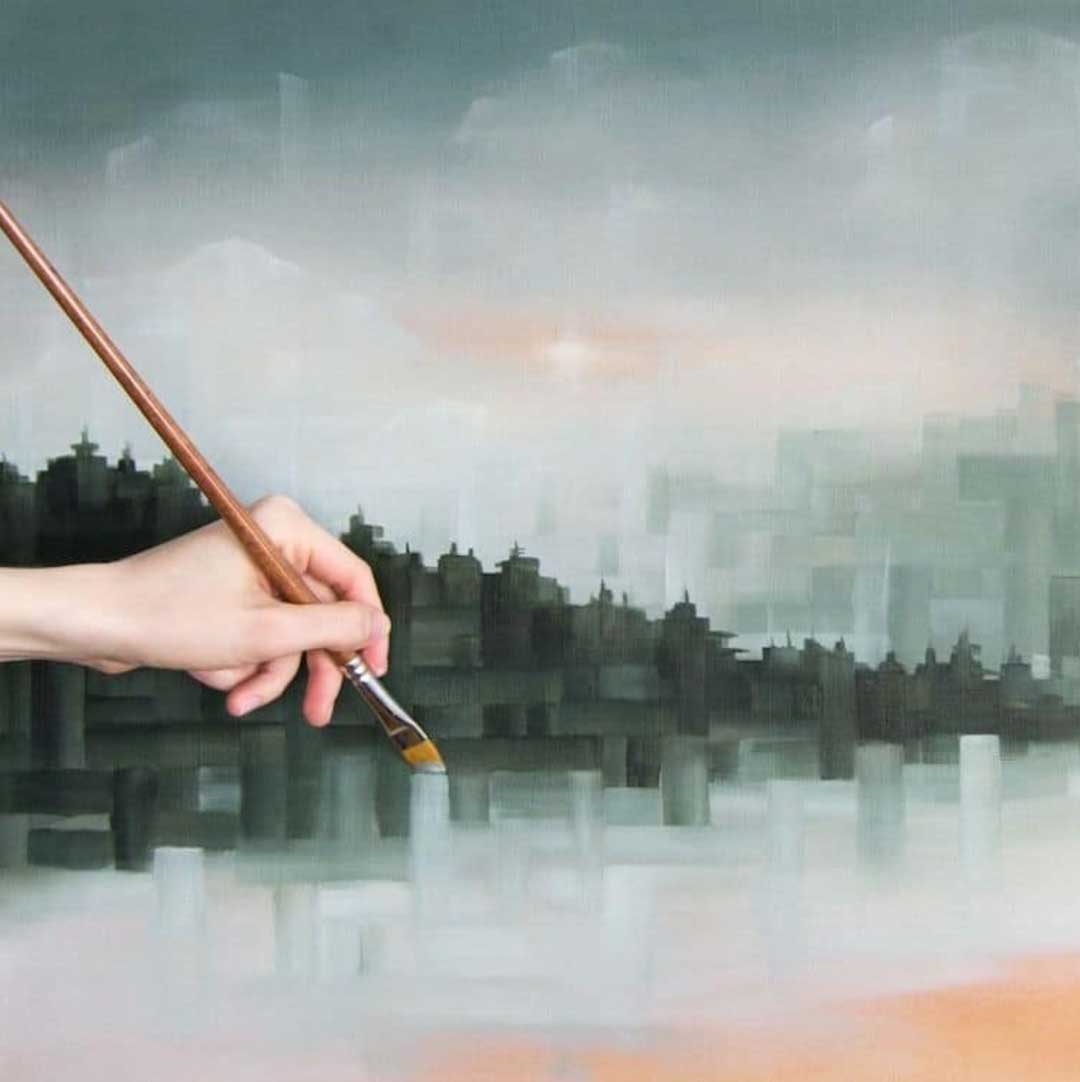

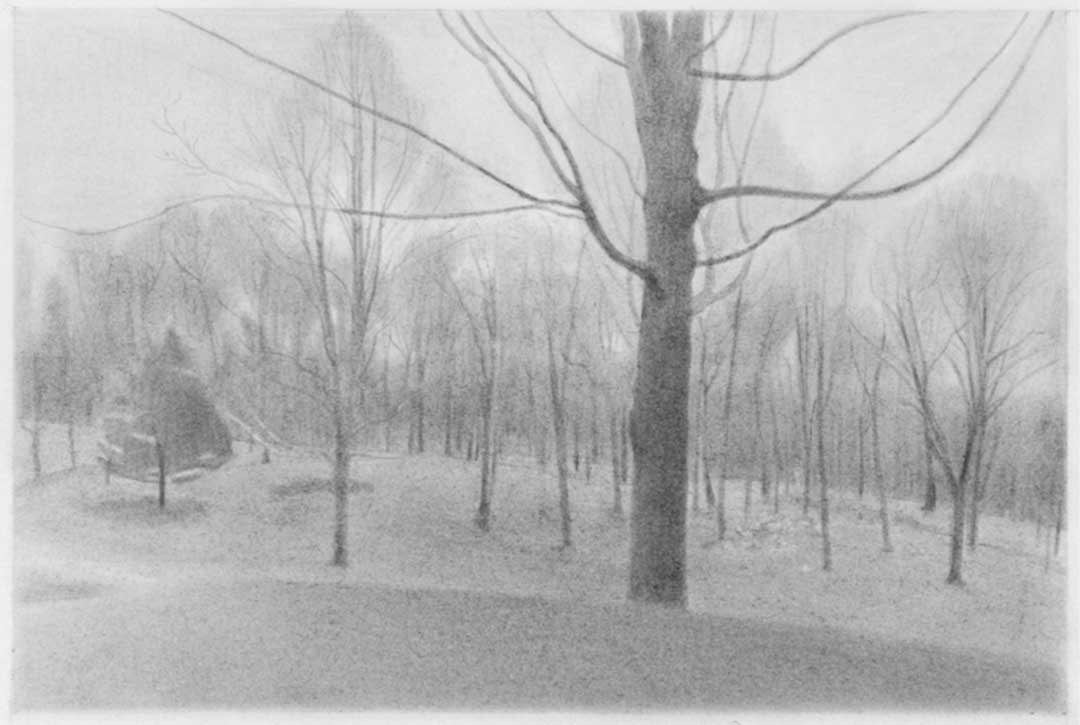
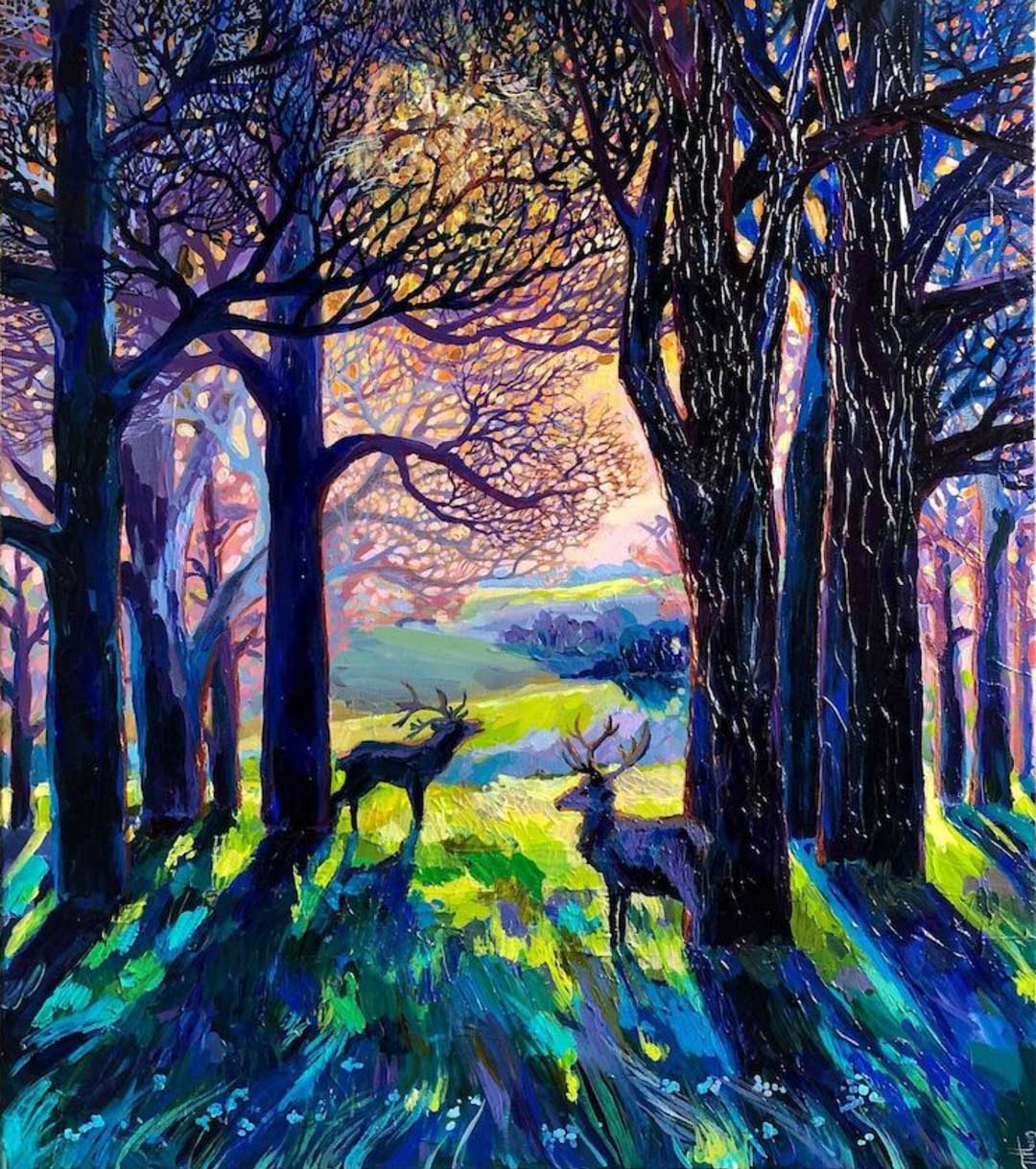
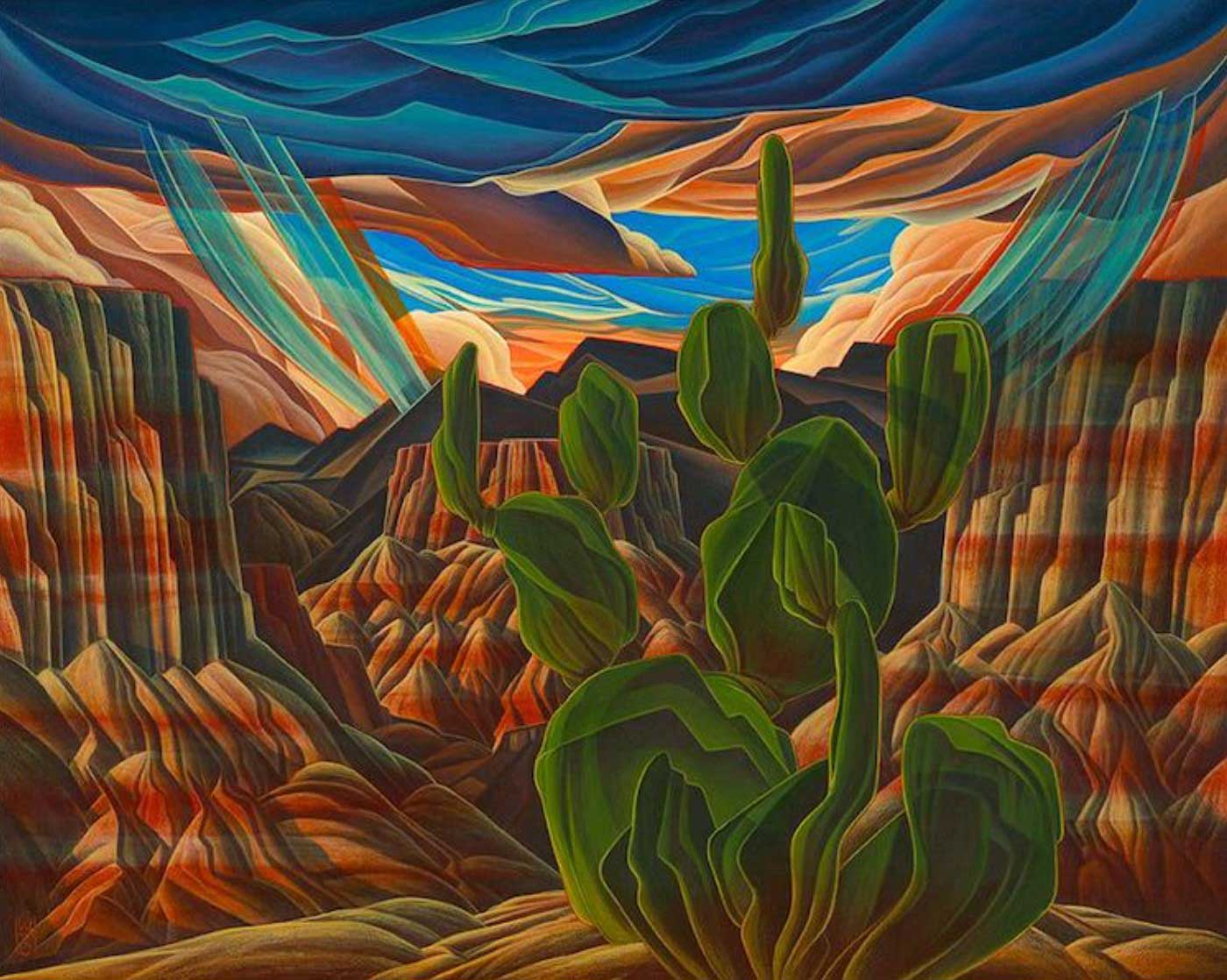
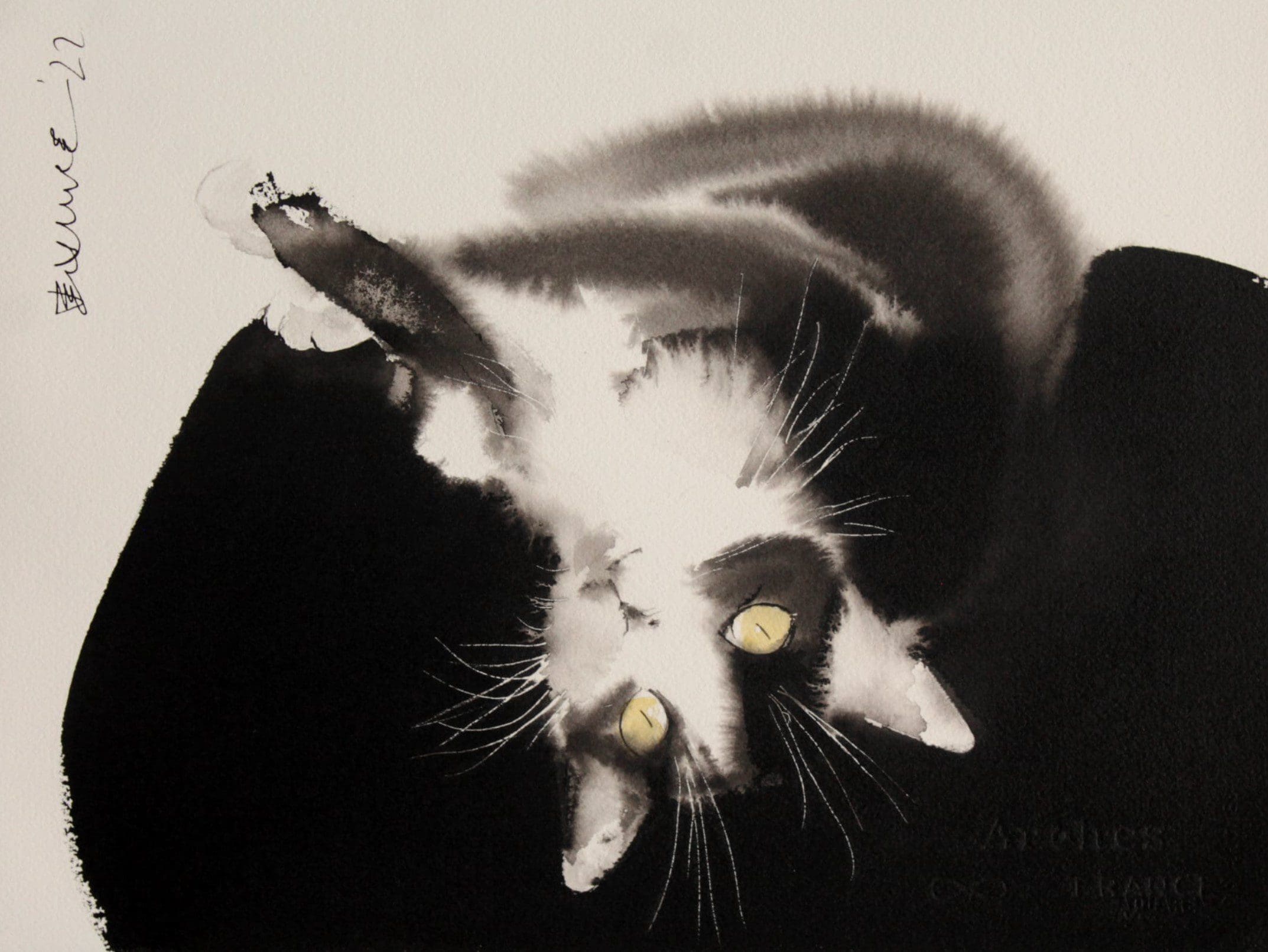
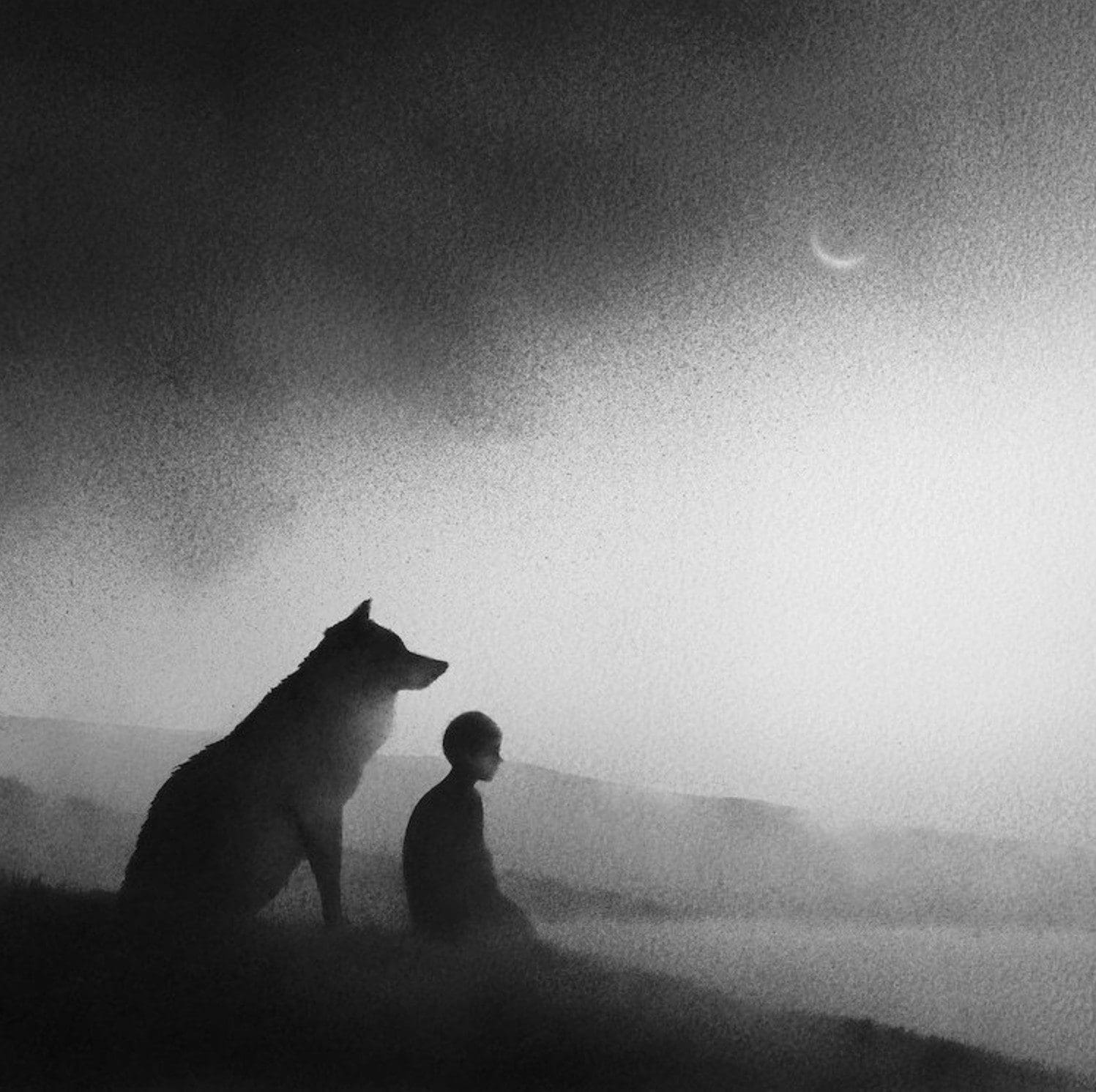



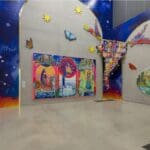



![Artist Shares Secrets of How To Draw Incredibly Realistic Portraits [Interview]](https://artistvenu.studio/wp-content/uploads/2023/12/Screenshot_242-150x150.jpg)
